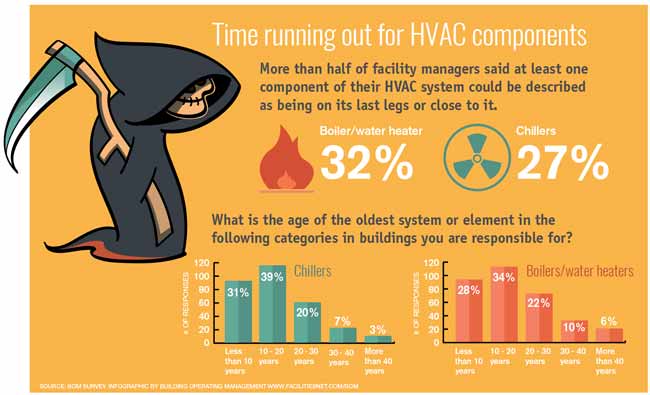The Ultimate Guide To Understanding Heat Pumps - Just How Do They Function?
The Ultimate Guide To Understanding Heat Pumps - Just How Do They Function?
Blog Article
Short Article Author-Whitfield Dickson
The most effective heat pumps can conserve you considerable amounts of cash on power bills. They can also help reduce greenhouse gas emissions, especially if you utilize electrical energy instead of nonrenewable fuel sources like propane and home heating oil or electric-resistance heating systems.
Heat pumps function quite the like air conditioning system do. This makes them a feasible option to traditional electric home heating systems.
How They Work
Heat pumps cool homes in the summertime and, with a little help from electrical power or gas, they provide a few of your home's heating in the wintertime. They're an excellent option for people who wish to lower their use nonrenewable fuel sources but aren't prepared to replace their existing heating system and a/c system.
They rely on the physical truth that also in air that appears also cold, there's still power present: warm air is constantly moving, and it wishes to relocate into cooler, lower-pressure atmospheres like your home.
A lot of ENERGY STAR accredited heatpump operate at near to their heating or cooling capacity throughout the majority of the year, lessening on/off biking and saving energy. For simply click the up coming internet page , concentrate on systems with a high SEER and HSPF score.
The Compressor
The heart of the heat pump is the compressor, which is also known as an air compressor. This mechanical streaming device uses prospective energy from power production to boost the pressure of a gas by reducing its quantity. It is different from a pump because it just works on gases and can't deal with fluids, as pumps do.
Climatic air goes into the compressor through an inlet valve. It travels around vane-mounted arms with self-adjusting length that divide the interior of the compressor, developing several cavities of varying size. The rotor's spin forces these dental caries to move in and out of phase with each other, pressing the air.
The compressor reels in the low-temperature, high-pressure refrigerant vapor from the evaporator and presses it right into the warm, pressurized state of a gas. This procedure is duplicated as required to supply home heating or air conditioning as required. The compressor likewise consists of a desuperheater coil that reuses the waste warmth and adds superheat to the refrigerant, changing it from its liquid to vapor state.
The Evaporator
The evaporator in heat pumps does the same point as it does in refrigerators and air conditioning system, transforming liquid cooling agent into an aeriform vapor that eliminates heat from the area. Heatpump systems would certainly not work without this important tool.
This part of the system is located inside your home or structure in an indoor air handler, which can be either a ducted or ductless system. It consists of an evaporator coil and the compressor that compresses the low-pressure vapor from the evaporator to high pressure gas.
Heat pumps take in ambient warm from the air, and after that use power to move that heat to a home or service in heating mode. That makes them a great deal much more energy reliable than electrical heating units or heating systems, and because they're utilizing clean electricity from the grid (and not burning fuel), they additionally create much fewer exhausts. That's why heat pumps are such wonderful environmental selections. (Not to mention a massive reason why they're ending up being so popular.).
The Thermostat.
Heatpump are fantastic options for homes in cold environments, and you can use them in mix with typical duct-based systems and even go ductless. They're a wonderful alternate to nonrenewable fuel source heating systems or typical electric heaters, and they're extra lasting than oil, gas or nuclear a/c devices.
Your thermostat is one of the most important component of your heat pump system, and it works extremely in different ways than a traditional thermostat. All mechanical thermostats (all non-electronic ones) job by using materials that alter dimension with boosting temperature, like curled bimetallic strips or the broadening wax in a car radiator valve.
ducted air conditioning installer contain two various types of steel, and they're bolted with each other to develop a bridge that finishes an electrical circuit attached to your cooling and heating system. As the strip obtains warmer, one side of the bridge expands faster than the various other, which causes it to flex and indicate that the heating unit is needed. When the heat pump remains in heating setting, the reversing valve turns around the circulation of cooling agent, to make sure that the outdoors coil currently operates as an evaporator and the interior cyndrical tube becomes a condenser.